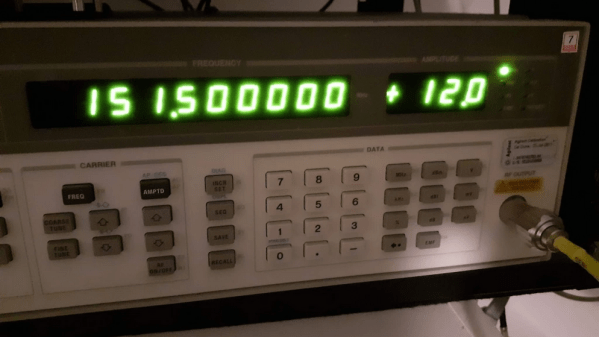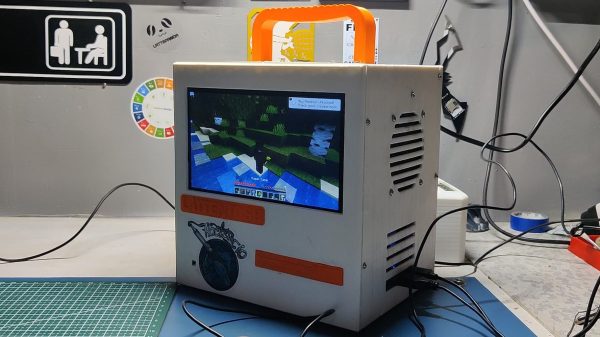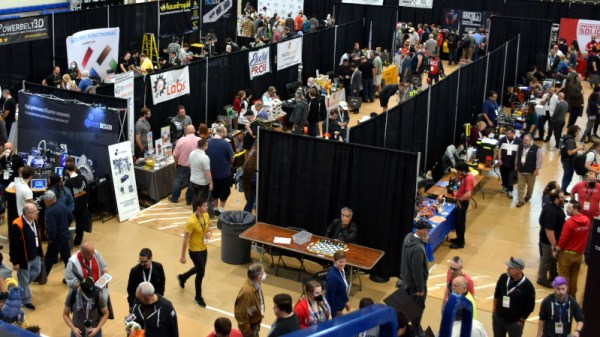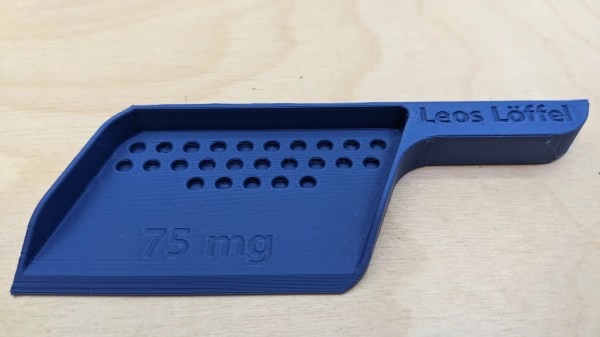Sitting around a campfire or fireplace is an aesthetically pleasing experience in most situations, and can even provide some warmth. But unless you have a modern wood-burning appliance, it’s likely that most of the energy available in the biomass is escaping as un-burned vapors. Surprisingly, solving this problem is almost as easy as buying a can of beans at the store, and the result is a very efficient stove which can be used for heat in a pinch.
[Robert] is demonstrating this gasifier stove, not with beans but using both a can of peas and a larger can of potatoes. Various holes are drilled in each can in a specific pattern, and then the smaller pea can is fitted inside the larger potato can. Once a fire is going, the holes allow for air to flow in a way which traps the escaping un-burned vapors from the fuel and burns them as they flow through the contraption. No moving parts are required; this is all powered by the natural airflow that’s produced by the heat of the fire.
The result of a build like this is not only a stove which can extract a much higher percentage of the available fuel, but also quires much less fuel for a given amount of heat, and produces a much cleaner, less smokey fire. [Robert] also added a screen mantle which allows for this to be used more as a heat source, but similar builds can also be used just as effectively for cooking, too.



















